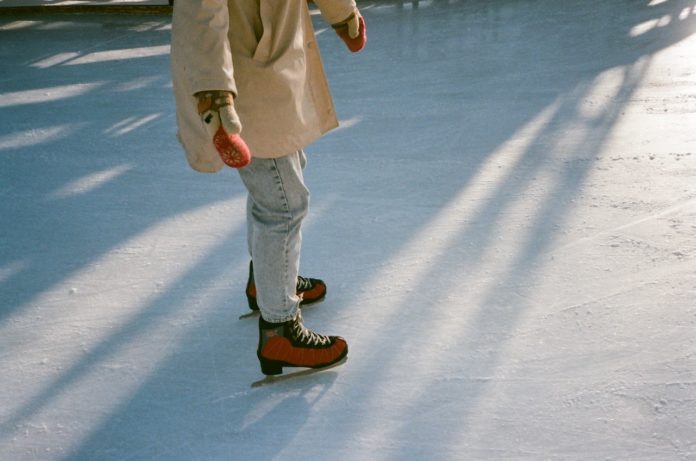With gyms and recreational facilities shut down due to the ongoing COVID-19 pandemic, many Canadians are turning to outdoor ice rinks as a way to exercise and socialize in a socially-distanced manner. But if you’re not among the millions of Canadians who already know how to skate, don’t worry: according to a new study from the University of Guelph, outdoor ice rinks are a unique type of public space where strangers come together and have the freedom to fail.
The study was led by Mervyn Horgan, an associate professor in the Department of Sociology and Anthropology at the University of Guelph, and published in Urban Planning.
How do strangers interact at ice rinks?
The idea to study interactions in public outdoor ice rinks came from the Sociable Cities Project: a research effort based out of the University of Guelph that examines encounters between strangers in parks, street festivals, and other urban public spaces.
But while most interactions between strangers in North America are characterized by what the authors refer to as civil inattention — in other words, strangers typically remain indifferent towards each other in public spaces — outdoor ice rinks seem to be an exception. It’s not uncommon to see strangers offering each other skating advice or trusting one another to watch personal belongings.
To learn more about these unique public encounters, the research team spent a total of 100 hours observing skaters at public outdoor ice rinks in Guelph and Toronto. They made note of the demographics of skaters present during each visit, and kept an eye out for examples of sociable interactions between strangers.
The team identified several key features of ice rinks that support and promote social interactions. For example, the shared nature of the seating available — in many cases designed as long, unbroken benches without clear spacing between seats — allows for conversations between skaters to naturally occur.
The confined nature of an ice rink is also unique compared to many other public spaces. In contrast to large, open beaches or walking trails, skating must take place in a well-defined location and users are aware that the space itself is shared.
The freedom to fail
The authors also noted that ice rinks are a space where users feel free to fail. They not only observed skaters of all skill levels at the rinks, but also noticed strangers offering help or friendly advice to beginners.
The authors suspect that because failure is so frequent while skating — especially for those who are still learning — failure is not just normalized, but also part of the fun.
“So long as no one’s seriously hurt, you’ll probably also share a laugh with a stranger,” the authors said in an article for The Conversation Canada. “What could be perceived as a vulnerability is the thing that brings strangers together.”
Now, the authors are interested in taking the lessons learned from ice rinks and applying them to other public spaces in our cities.
“We want to dig down a little bit, and find some more about how people experience it,” Horgan said in an interview with CBC.
“How do we […] learn from the lessons of the rink to help cultivate other kinds of spaces […] where the stakes don’t feel especially high?”





































